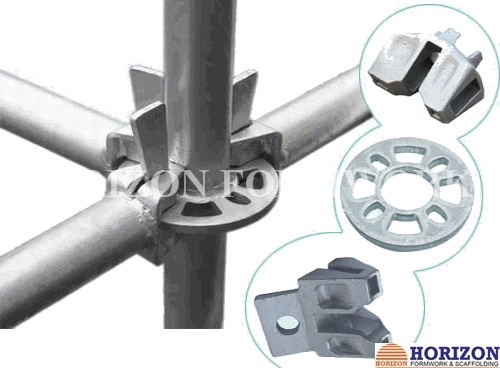Nov . 21, 2024 14:11 Back to list
precast formwork company
Precast Formwork Companies Revolutionizing Construction Efficiency
In the ever-evolving landscape of construction, precast formwork companies have emerged as pivotal players, driving innovations that enhance efficiency, quality, and sustainability in the building process. As the demand for quicker, more cost-effective construction solutions grows, the role of precast formwork has become increasingly significant. This article delves into the benefits, applications, and future trends surrounding precast formwork companies.
What is Precast Formwork?
Precast formwork refers to a type of formwork that is manufactured off-site in a controlled environment before being transported to the construction site. This method allows for the production of concrete elements that are pre-shaped and ready for assembly upon arrival. Unlike traditional formwork, which is constructed on-site and can be subject to delays and inconsistencies, precast formwork offers a robust and reliable solution that can greatly reduce construction timeframes.
Benefits of Precast Formwork
1. Time Efficiency One of the most significant advantages of using precast formwork is the reduction in construction time. Since components are produced simultaneously with site preparation, the overall project timeline is shortened. This allows contractors to meet deadlines more effectively and enables faster occupancy of new buildings.
2. Cost Savings By minimizing on-site labor and reducing the time required for construction, precast formwork can lead to substantial cost savings. Moreover, the controlled manufacturing environment reduces the likelihood of material waste and variable quality, resulting in more predictable financial outcomes.
3. Enhanced Quality Control Precast formwork is produced in factories where conditions are ideal for manufacturing. This controlled environment ensures a higher level of quality control compared to traditional methods. Manufacturers can monitor every stage of production, ensuring that the final products meet precise specifications and standards.
4. Sustainability The construction industry is increasingly focusing on sustainable practices, and precast formwork offers several eco-friendly benefits. The method reduces material waste, energy consumption, and the carbon footprint associated with on-site construction, aligning with global sustainability goals.
precast formwork company

5. Design Flexibility Modern precast formwork companies leverage advanced technology and manufacturing capabilities to create customizable components. As a result, architects and designers can experiment with various designs, shapes, and finishes without compromising structural integrity, thereby bringing a range of creative possibilities to life.
Applications of Precast Formwork
Precast formwork is versatile and can be used in various applications, including residential, commercial, and industrial construction. Common applications include walls, floors, columns, and beams. Its use is particularly prominent in high-rise buildings and infrastructural projects like bridges and tunnels, where speed and sustainability are of utmost importance.
Additionally, precast formwork is often utilized in modular construction, where entire sections of a building are prefabricated off-site before being transported for assembly. This method not only accelerates construction but also improves safety and reduces on-site disruption.
Future Trends in Precast Formwork
As technology continues to advance, precast formwork companies are poised to embrace new innovations that will further revolutionize the industry. The integration of Building Information Modeling (BIM) allows for better planning and design, ensuring that precast elements fit seamlessly into the overall construction process. Furthermore, the use of smart materials and automation in manufacturing processes is set to enhance the efficiency and quality of precast components.
The trend toward sustainable building practices will drive precast formwork companies to explore innovative materials and production methods that minimize environmental impacts. Consequently, as green building certifications become increasingly essential, precast formwork will likely play a central role in future construction projects.
Conclusion
Precast formwork companies are at the forefront of redefining the construction industry's approach to building. By combining efficiency, sustainability, and quality, they are setting new benchmarks for what is possible in construction. As trends continue to evolve, the future of precast formwork appears bright, promising a transformative impact on the way we build our environments. Embracing these advancements will not only benefit construction professionals but also contribute to the creation of safer, more resilient communities around the globe.
-
High-Quality U Head Jack Scaffolding – Reliable Scaffolding Jack Head Manufacturer & Factory
NewsJul.08,2025
-
High-Quality I Beam H20 Leading Timber Beam H20 Material Factory, Exporters & Manufacturers
NewsJul.08,2025
-
High-Quality Powder Coating Steel Formwork - Durable & Corrosion Resistant Solutions
NewsJul.07,2025
-
Inclined Column Formwork Supplier – Durable & Precise Solutions for Unique Structures
NewsJul.07,2025
-
High-Quality Water Stop Solutions Trusted Water Stop Company & Suppliers
NewsJul.07,2025
-
High-Quality Formwork Material Supplier Reliable Manufacturer & Factory Solutions
NewsJul.06,2025